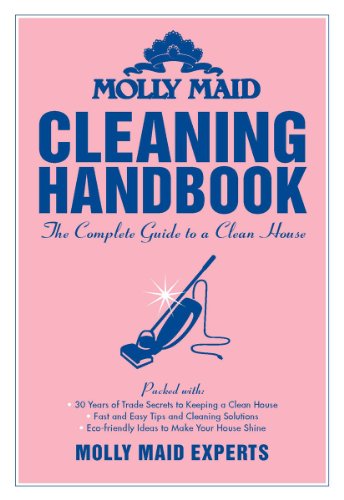
After a few years, wicker furniture that gets left outdoors can start to look like it should get thrown out…but don’t put it on the curb just yet! Although your wicker furniture may look embarrassingly weathered, it can still be revived. Keep reading to learn more about the different methods.
The Old-Fashioned Way
One of the reasons wicker furniture starts to look bad, especially if it’s painted white, is because it’s covered in dirt. You may be tempted to power wash the filth off, but that cleaning method will only do more damage. So, gather up all your microfibre cloths, and proceed to do a few rounds of dry wipe downs to remove the top layers of dirt. Or vacuum, using a soft brush attachment. If you find dried matter stuck between the weaving, gently pick away with a knitting needle or a hobby knife, and brush the crumbs away with an old toothbrush. Fill a bucket half full with water (not too hot, not too cold), add a few drops of mild liquid dish soap and a tablespoon of vinegar. Soak your microfibre cloth, but squeeze out 90% of the water. Wash down your wicker furniture.
Dry Clean Only
Drying your freshly washed wicker furniture is a two-step process: you must hand dry and air dry—and if you’ve got the room, sun dry clean it too. First up, use your microfibre cloths to pat dry your wicker furniture a couple of times. Next, move your furniture somewhere outdoors, or near an open window, and if that’s not possible, set up a fan (on low) and let the wicker air dry for at least an hour. If you have the option, set your furniture out in the blazing sun, so it gets as dry as can be (which will help to reduce any possibility of mould).
Repair & Paint
Believe it or not, basic DIY repairs on your wicker furniture are completely within your reach! If there are strands of wicker caning that have popped out of place, use a heavy-duty glue to secure the wicker back into place. If there are missing pieces, wicker repair supplies can be purchased from Canadian gardening and tool stores. Often, it’s not the wicker that’s damaged but the paint that’s been chipped. In that case, follow our cleaning and drying tips, then give your wicker furniture a fresh coat of paint.
PRO TIP: If you discover mould, you will need to clean the affected area with a bleaching agent. Some options include pure bleach, pure vinegar or freshly squeezed lemon juice (or concentrated lemon juice). Dip an old toothbrush into ¼ cup of the bleach agent of your choice. Gently scrub away at the mould until it has been removed. Dry as above before repairing or painting.
For an immaculate home that leaves you with more time to focus on projects or vacations, be sure to connect with your local Molly Maid! Whether interested in our summer cleaning, green housekeeping program or apartment program, we have the solution to meet your needs!
Photo by JamesDeMers

